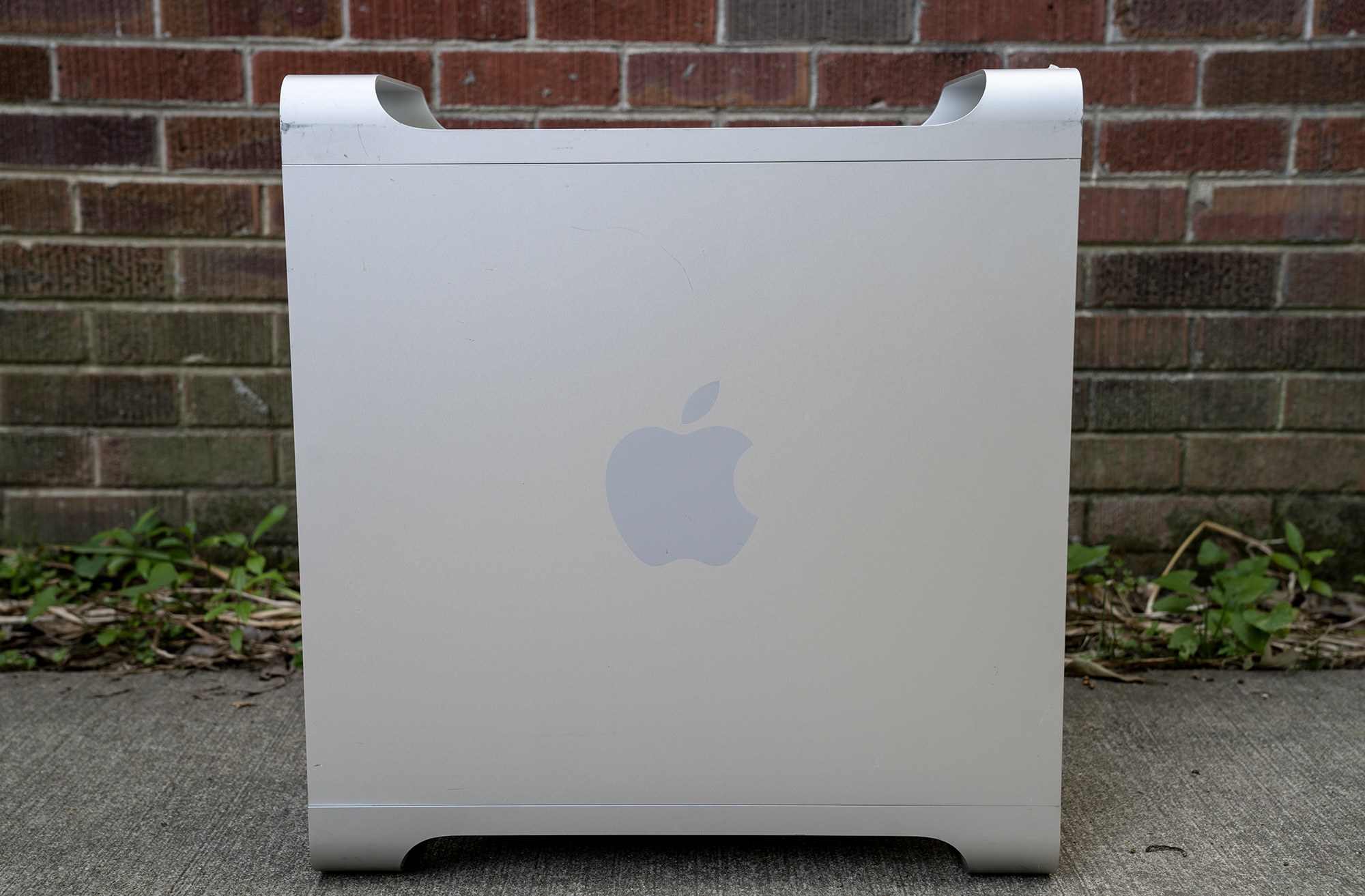July 2008 was a very busy time for Apple. It launched the iOS App Store, replaced .Mac with MobileMe and launched it second-ever iPhone: the iPhone 3G.
10 Years of App Store: A Timeline of Changes
It’s hard to remember using an iPhone before the App Store. However, for the first year, the iPhone could only run the handful of apps that Apple created for it. Anything else required using mobile web apps in Safari.1
On March 6, 2008, just nine months after the original iPhone went on sale, Steve Jobs and Scott Forstall announced that Apple would ship an SDK for third-party developers to write applications that could run natively on the iPhone, without the clumsiness inherent in web apps.
After Forstall took some time going through the details of the SDK, Steve Jobs came back on stage to answer a question that had no doubt been circulating the room:
How do you distribute software on a device like the iPhone?
The answer was an App Store.
The Mighty Power Mac G5
Last month, we looked at the Power Mac G4 line, a series of computers that defined the professional workstation for OS X users for many years.
In June 2003 — 15 years ago this month — Steve Jobs took the wraps off its successor, the Power Mac G5.
The Power Mac G4 Line
The tower form factor may be a thing of the past, at least until the new Mac Pro shows up next year, but for years, if you needed the most powerful and flexible machine money could buy, the Power Mac was the only way to go.
For almost five years, the heart of the Power Mac was the PowerPC G4 chip. Starting in 1999 it clocked at just 350 MHz, but by the time the Power Mac G4 line was retired, a tower with dual 1.42 GHz CPUs could be ordered. In that time frame, things like Gigabit Ethernet, SuperDrives, and Wi-Fi became mainstream.
The Power Mac G4 came in three distinct cases over the years it was available. Each style of machine saw several revisions while in service, bringing the total number of models to 10. That’s a lot of computers to cover, so let’s get started.
The Power Macintosh G3 All-in-One: Function Over Form
This year marks the 20th anniversary of the iMac, the all-in-one that saved Apple and radically changed the consumer technology landscape.
Any nerd in their 20s or 30s probably remembers seeing one those colorful, curvy iMacs in school growing up. Their friendly design and relatively low cost – for a 90s Mac, at least – made them a staple in education for years.
I certainly saw and used my fair share of them in middle and high school, but I also got to experience the iMac G3’s weird older sibling, the Power Macintosh G3 All-in-One.
Yeah, the one that looks kind of like a big tooth.
The Initial iPhone SDK
As noted by Craig Hockenberry, it has been a full decade since Apple shipped the first version of the iPhone SDK to developers.
It’s hard to remember today that, in the beginning, the iPhone didn’t have third-party apps. It came with a handful of built-in apps written by Apple for things like checking stocks and the weather, jotting down quick notes, making calendar events and reviewing contact information.
These apps were, for the most part, self-contained. The rich environment we enjoy on iOS today where apps can share lots of data with each other just wasn’t present in 2007.
The outlier in this paradigm was Safari, which put the Internet — or at least the parts that didn’t require Flash — in the palm of our hands.
A History of the Xserve: Apple’s One Rack Wonder
Within the next few months, macOS Server as we know it today will be going away, with many of its services being deprecated. Things like hosting calendars, contacts, email and wikis are going away as Apple focuses the product on “management of computers, devices, and storage on your network.”
This shouldn’t come as a surprise. macOS Server has been languishing for years, with many of its most common features being integrated into the mainstream version of macOS.
For fans of macOS Server, this just another in a long string of disappointments over the years. But none of them were as big as the cancellation of the Xserve, Apple’s rack-mountable 1U server, back in January 2011.
Running the risk of reopening old wounds, let’s look back at this unusual product and its nine year lifespan.
The MacBook Air: A Decade’s Worth of Legacy
Today, all of our notebooks are thin and light. We’ve traded our optical drives in for a series of dongles and our spinning hard drives for fast, silent SSDs.
It wasn’t always like this. Once upon a time, notebooks had optical drives and a full array of ports, complemented by features like removable batteries.
A decade ago, we entered the current era of notebook design when Steve Jobs pulled the future out of an envelope.
The Lisa
When thinking about the earliest days of Apple, it’s easy to recall the Apple I, the Apple II line and the Macintosh. However, there’s one more computer that defined Apple’s early years. This computer was ground-breaking but incredibly expensive, and exposed many things wrong within Apple itself.
The Lisa launched 35 years ago next month. Today, it is mostly considered as a precursor to Mac. While that is true, it doesn’t come close to doing this computer justice.












